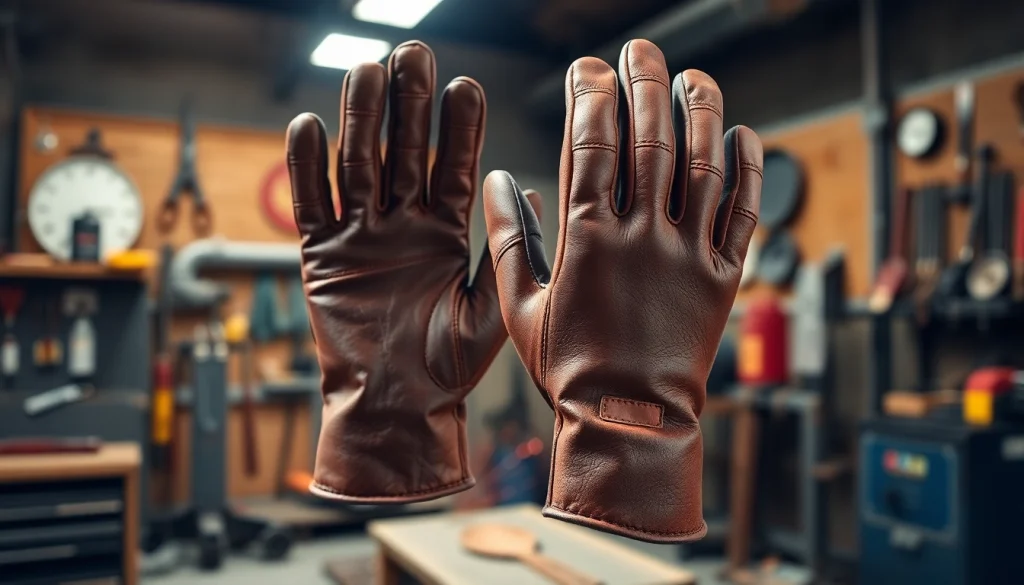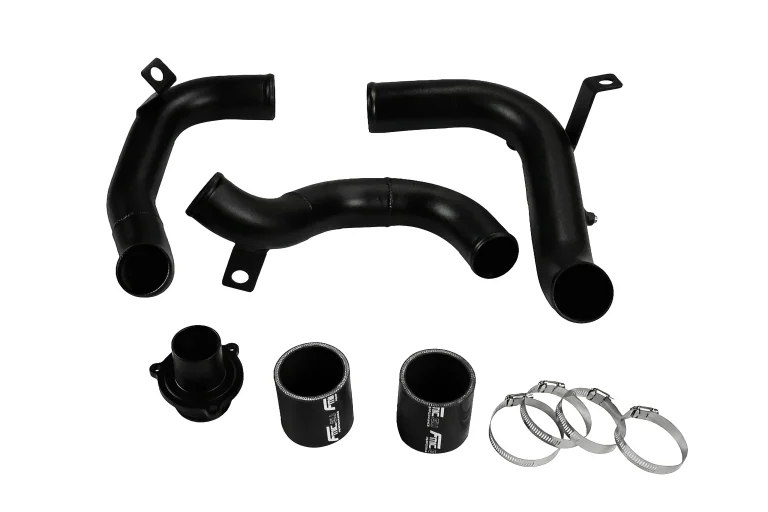
Understanding Welding Gloves
Welding gloves are an essential piece of personal protective equipment (PPE) designed to protect the hands of welders from heat, sparks, and hazardous materials. Given the nature of welding, where extreme temperatures and high levels of danger are commonplace, having reliable and effective gloves is non-negotiable. Not only do these gloves need to provide protection, but they should also allow sufficient dexterity and comfort for the welder to perform their tasks effectively. For those looking for quality options, consider exploring a variety of welding gloves available on the market.
What Are Welding Gloves Made Of?
Welding gloves are principally made from leather, with different types providing various protective qualities. The most common materials include:
- Cowhide: Durable and cost-effective, cowhide gloves are resistant to heat and abrasion, making them suitable for general welding tasks.
- Pigskin: This material offers remarkable flexibility and comfort while still being fairly resistant to heat and water, ideal for tasks that require dexterity.
- Goatskin: Renowned for its soft texture and dexterity, goatskin is suitable for jobs requiring increased hand movement without compromising safety.
- Kevlar: While not commonly the outer layer, Kevlar is often blended into gloves for enhanced cut resistance and durability, particularly in high-heat environments.
Types of Welding Gloves
Welding gloves can be categorized according to the welding process and specific protective needs. Major types include:
- MIG Welding Gloves: These gloves prioritize dexterity for the welder. The finger design often features a keystone thumb for enhanced mobility.
- TIG Welding Gloves: Requires even more dexterity, these gloves are thinner and designed to allow maximum control and sensitivity during welding tasks.
- Stick Welding Gloves: Heavier gloves built for durability and heat protection, offering a thick insulation layer suitable for stick welding processes.
Choosing the Right Welding Gloves
Selecting the right pair of welding gloves involves considering various factors such as:
- Type of Welding: Each welding method may require a different glove type, as noted above. Assess your welding process before making a choice.
- Fit and Comfort: Gloves should fit snugly without being too tight. A proper fit ensures ease of movement and enhances safety.
- Heat Resistance Level: Understanding the heat resistance rating of the gloves is crucial. Higher resistance means better protection against burns.
Safety Features of Welding Gloves
Welding gloves are designed with several safety features to protect users adequately. It is essential to understand these features when selecting gloves.
Heat Resistance Ratings
Heat resistance is typically measured in degrees Fahrenheit or Celsius. Gloves with higher heat ratings are preferable in high-temperature welding applications. For example:
- Gloves with a rating of 350°F (176°C) are suitable for lighter welding tasks.
- Those rated for 500°F (260°C) or above are standard for heavier welding responsibilities.
Protective Materials Used
In addition to leather, many welding gloves now incorporate advanced protective materials such as:
- Flame-resistant lining: To enhance thermal insulation and moisture management.
- Reinforced stitching: In critical areas of the glove to prevent wear and tear.
- Cut-resistant materials: Enhancing safety against sharp debris while working.
Ergonomic Design Benefits
Many modern welding gloves feature ergonomic designs that improve user comfort and dexterity. Some benefits include:
- Pre-curved fingers: These designs follow the natural shape of the hands, reducing fatigue during prolonged use.
- Flexible materials: Allowing better movement and grip without compromising protection.
Best Practices for Welding Glove Maintenance
To maximize the lifespan and functionality of welding gloves, proper maintenance is essential.
Cleaning and Care Tips
Caring for welding gloves involves several best practices:
- Surface Cleaning: Wipe down gloves with a damp cloth after use to remove soot and debris.
- Store Properly: Keep gloves in a dry, ventilated place away from direct sunlight to prevent material degradation.
- Occasional Conditioning: Using leather conditioners can maintain the material’s flexibility and resistance properties.
When to Replace Welding Gloves
It’s essential to know when to retire a pair of gloves to ensure safety:
- Any visible signs of wear such as holes, tears, or separated seams.
- Loss of heat resistance or flexibility, which can occur with prolonged use.
- After a significant incident where the gloves encountered excessive heat or materials they weren’t designed to withstand.
Protective Accessories for Gloves
To enhance protection, consider using accessories such as:
- Glove liners: For added insulation and moisture-wicking properties.
- Gauntlet extension: To protect against molten metal splatters further and enhance arm coverage.
- Specialty blades: Integrated in some gloves offer extra protection against sharp cutting tools.
Top Brands of Welding Gloves in the Market
Understanding which brands provide quality welding gloves can guide you in your purchasing decisions. Here, we explore several notable brands and their offerings.
Comparing High-Quality Options
Some top brands recognized in the industry include:
- Miller Welds: Offers gloves designed with cutting-edge ergonomic features, ensuring comfort while operating equipment.
- Black Stallion: Known for its durable, high-performance gloves suited for various welding processes.
- Tillman: Provides a range of quality gloves for heavy-duty applications, popular for their material quality.
User Reviews and Recommendations
When considering purchases, user reviews can offer valuable insights. Many users often highlight:
- The comfort and fit of a glove, especially over extended periods.
- Heat resistance across different welding types, noting personal experiences during tasks.
- Durability and longevity of the gloves after frequent use and varied conditions.
Price Ranges and Value for Money
Welding gloves span a wide price range, typically starting around $20 and can go up to $100 or more for specialty pairs. Key factors influencing price include:
- Material quality and thickness.
- Brand reputation and warranty policies.
- Special features such as additional heat resistance or reinforced designs.
Future Innovations in Welding Glove Technology
The welding industry continually evolves, with innovations enhancing safety and functionality. Recent trends include smart technologies and advanced material integration.
Smart Materials and Tech Integration
Future welding gloves may incorporate smart materials that adapt to temperature changes or external conditions, providing optimal user comfort and safety. Sensors integrated within gloves could potentially alert the user to dangerous conditions or failures in protective measures.
Trends in Design and Comfort
As comfort and ergonomics become increasingly vital, upcoming designs are likely to include:
- Advanced moisture-wicking fabrics to combat sweat.
- More refined designs focusing on user movement and functional dexterity.
Customer Feedback and Industry Adaptations
Brands are focusing on customer feedback to tailor their products. This adaptation ensures that they meet the evolving needs of welders, providing solutions that address common complaints and preferences.






